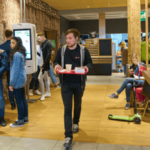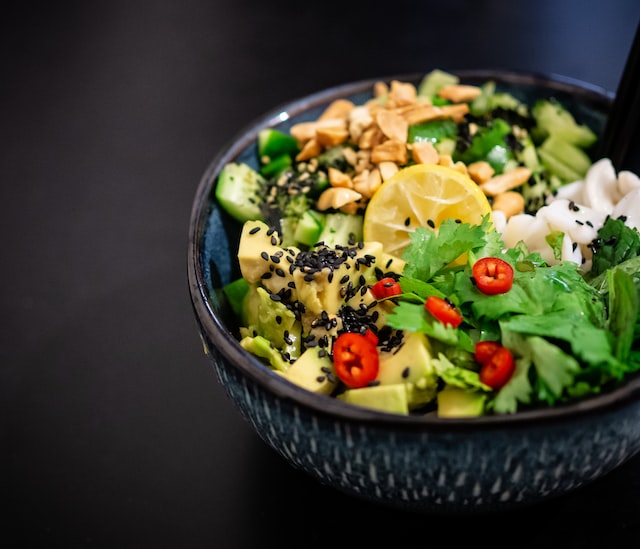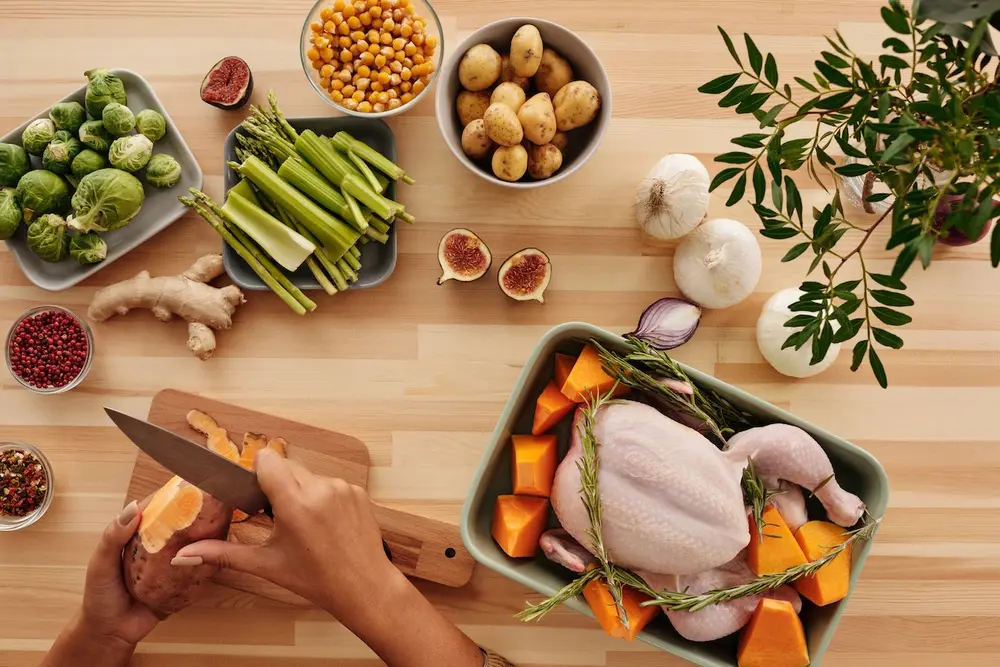The food service industry is one of the world’s biggest sectors and has witnessed a seismic shift in its business approaches in the last one decade. High operation costs, labor shortages, fast customer services, etc., are the few driving factors for this transformation. Besides that, customers have evolved from the traditional way of dining to home-delivery or take-away. Customers’ choice of food has also changed from traditional items to vegan, healthy, quick-eats, and so on. Sustainability, going green are other elements that have brought big awareness among the owners and the customers. Technology is pivotal in addressing the challenges of the food service industry. There are myriads of ways business owners can leverage technologies and run the business efficiently.
Food Service Business Profitability Increases With Top Technologies

The contribution of advanced technologies in the growth of the food service business is incredible. Here are a few mentions:
- Self-order kiosks: Customers become frustrated and sometimes move to other restaurants when they have to wait too long to place orders. The self-order kiosks can reduce the waiting time and increase the number of checkouts. With a self-order kiosk, business owners can run their food service with limited staff, and it helps to save labor costs.
Customers also enjoy ordering food on the self-order kiosk as it allows placing an order at their own pace. It increases order accuracy, and there is a minimum point of conflict between staff and customers. Self-order kiosks can offer benefits and push loyalty programs by connecting to the customers’ accounts. This piece of technology can give customers a personalized experience and boost food service businesses.
- Use food delivery apps: Food delivery apps can be critical in the modern-day world as it allows users to place an order and make the payment right from their phone or other systems. Customers nowadays prefer using restaurant websites or third-party apps for delivering food, and there is a continuous rise in its usage. As per Statista, the market size of the global food delivery sector is estimated to grow from $130.2 billion dollars in 2022 to $223.7 billion dollars by 2027. It helps restaurants to overcome their physical barrier and reach customers as many as they want. For many food service businesses, delivery apps have become their key business strategy to attract more customers and increase revenue. Whether as an in-house app or integrated with third-party delivery apps, restaurant owners are reaping enormous benefits with food delivery apps. It is turning out as a key differentiator in food service revenue growth.

- Invest in best-in-class POS software: Customers appreciate food service that quickly serves them and takes their orders without errors. A common scenario in food service is that customers are charged wrongly or served a wrong item. It happens because of miscommunication, or the staff has taken an incorrect order. It can be avoided by investing in the best POS software. With all the items listed with the price, there is less chance of error in ordering or billing the wrong item. If there is an add-on in the customer’s order, the POS system automatically updates the bill without missing any items. The POS software is even helpful in pushing loyalty programs and increasing customer retention. Different POS software has various loyalty programs; for instance, some POS systems email or text the discount coupons directly to the customers for their next purchase.
In contrast, some follow point-based loyalty programs, which are added to the customer’s account every time there is a purchase and can be redeemed within its validity time. Besides that, the POS system integrated with the kitchen display system can reduce time in serving food and improve customer service. There is also growing demand for handheld POS systems to speed up the ordering and billing process. POS systems can also be helpful in tracking the inventory and helps owners to reduce food wastage. POS software has multiple benefits, and it is a valuable asset for food service owners to increase their profitability.
- IoT to monitor food quality: For years, restaurant owners have been dependent on manual methods for monitoring the temperature and humidity of the food. But with IoT sensors, business owners can automatically monitor various quality control metrics in real time. It can even detect the level of hazardous elements present in the food, such as heavy metals, pathogens, and certain chemical compounds. It reduces food wastage and eventually money loss to the business owners. IoT sensors can even help in monitoring the equipment and its smooth functioning.
- Robots, and drones: Machines have become more intelligent and can now communicate with humans far better than their predecessors. Robots can be used in restaurants to flip burgers, chop pizza toppings, take customers’ orders, create cocktails, and even deliver the orders to the table, etc. So there are endless possibilities with Robots and enhancing the productivity of the food service business. Besides robots, the food service industry is optimistic about drones delivering food to customers’ doorstep. Some of the food delivery companies have already put drones under trial and will soon use them on a large scale for delivering food.
- Use of AI: Artificial intelligence has disrupted most companies, and the food service industry is also embedding it in its process to increase efficiency. AI can be used in the food service industry to sort food products by size, maintain good hygiene, streamline workflow, create customized food, virtual assistants to answer customers, forecast food orders, etc. AI can help the food service industry to get better yields, increase productivity, and reduce food wastage.
- Decomposing food waste: Eliminating leftover food is the major issue in most restaurants. Many restaurant owners are investing in machines that decompose food waste into fertilizer to overcome this issue. Selling this fertilizer can add an extra income, but more importantly, it keeps the surrounding spic and span.
Conclusion
The food service industry can see an increased operational efficiency by leveraging the right technologies. More and more restaurant owners are investing in systems that can fit into their size of business. App development companies are bringing out personalized apps that can function robustly to help businesses into this service. The future is likely to see more innovations and better prospects for such players.




